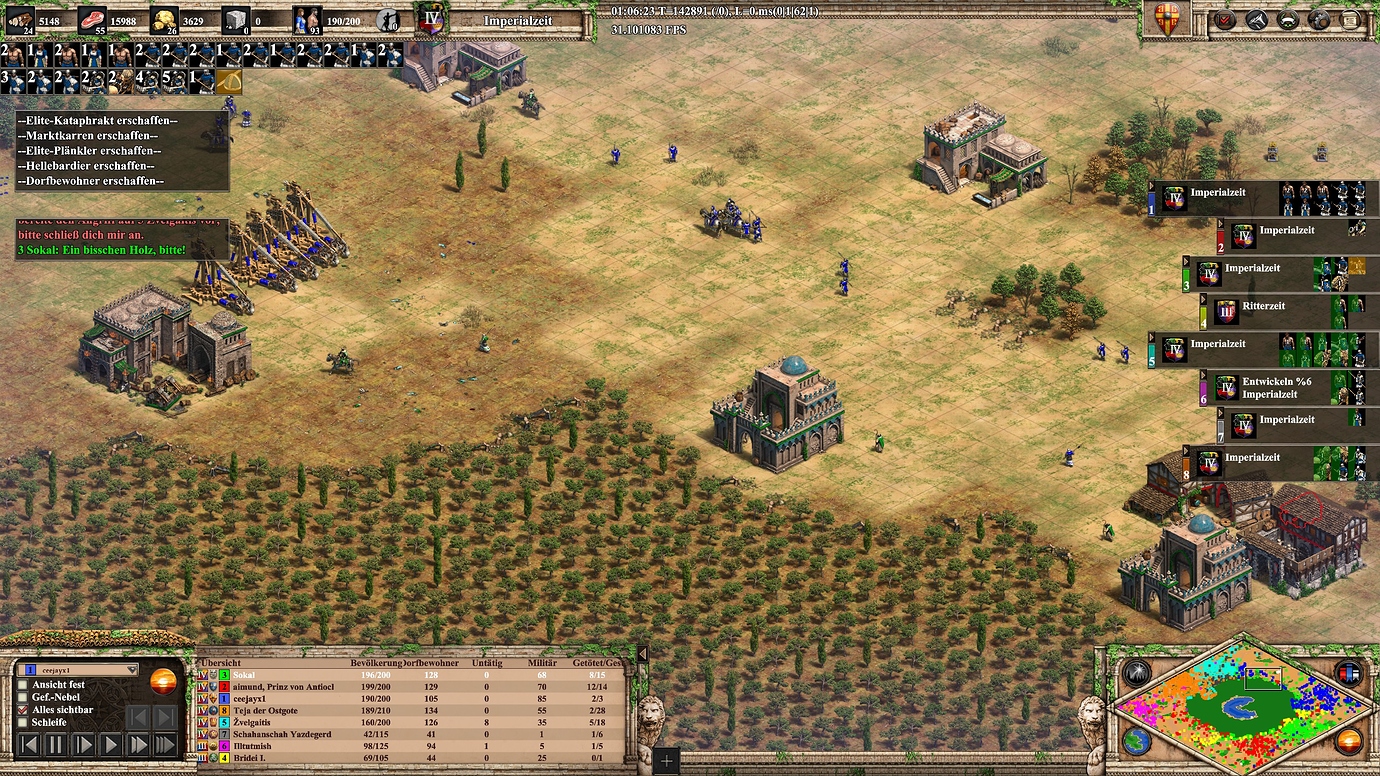

A newly colonized planet gains +100 immigration pull and divides a total of +50 emigration push between all developed planets, until 15 years have passed or the colony has 10 pops.Ĥ0% habitability is the minimum that will be considered for automatic migration. Signing a migration treaty will allow migration to and from another empire's planets. Planets with higher immigration pull will receive a greater share of this migration, which is converted directly into pop growth. A planet with more emigration than immigration will have its growth speed lowered and the amount lowered will be added to potential immigration targets. Migration is calculated by subtracting emigration push from immigration pull, both of which are determined by factors such as housing, stability and unemployment. At 0% Habitability pops have −50% growth speed. Every 1% reduction of habitability below 100% reduces species growth by −0.5%. Pops on low habitability planets will reproduce slower and migrate. Habitability is an important pop growth modifier. Pops can go over 500 and will not stop growing (or decline) until the required housing exceeds available housing by 15% (or 25%).
Age of empires 4 population limit free#
Planet capacity is capped at 500, regardless of free housing or unblocked districts. Pops start to decline when a planet is 25% overcrowded. Pop growth stops when a planet is 15% overcrowded and has 5 pops without housing. If immigration access is lost to all planets containing the currently selected species, a new species will be selected and all existing growth progress will be erased. When choosing a species to grow, planets will generally prioritize species that are under-represented on the planet and have citizenship equal to that of the already existing species. Otherwise it is done automatically following in game logic: any species existing on the planet or which has immigration access to the planet may be selected to grow there. Species can be chosen manually for growth if the Population Controls policy is set to Allowed.

Seen for planets of all sizes in the case of a small population The plot of the base pop growth has the following features:

The logistic growth ceiling game setting determines the maximum base growth. For reference a number of planet capacity values for zero development cases are given in the table:īase pop growth values spawn between minimum of 0.3 per month (Cyan color) and the maximum value of growth per month (Gold color on the graph). On the left is a plot of base population growth as a function of the planet's population from 1 to 99 (X axis) and the planet's capacity from 15 to 104 (Y axis). Values on the border of the Gold zone are the corresponding values for population amount for that cell - to make lookup convenient Marked regions: Light Orange - zero growth, Cyan - minimal growth (0.3 per months), Pink - overcrowding, Light Green and Green - standard growth (3.0) and better, Gold - growth cap (4.5). And lastly pop growth from immigration/emigration is added/subtracted with its modifiers.Īmount of pops on the planet (X axis). The base pop growth is depends on the number of pops on the planet and a logistic curve-like dictated by the planet capacity value. the base pop growth: a sum 3.0 pop/month and pop growth from pops.The more pops a empire has the more growth points are needed to be accumulated for the next pop. The growth required scaling value is a game setting. The growth progress goal is dynamic and depends on the total empire population: growth progress goal = 100 + growth required scaling × total empire population

Growth points accumulate every month by adding the month's pop growth, and after reaching a growth progress goal a new pop appears. Its unit of measurement is pop per month. Pop growth represents the increase in population from natural reproduction and immigration. Growth as a function of planet capacity and population


 0 kommentar(er)
0 kommentar(er)
